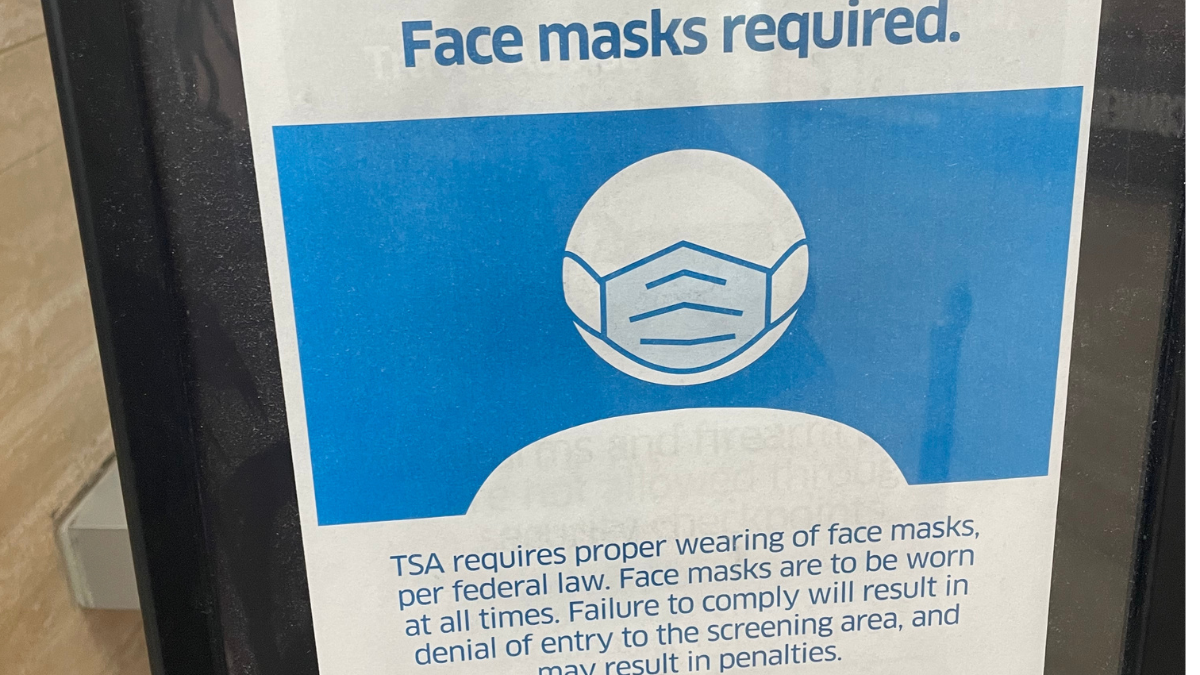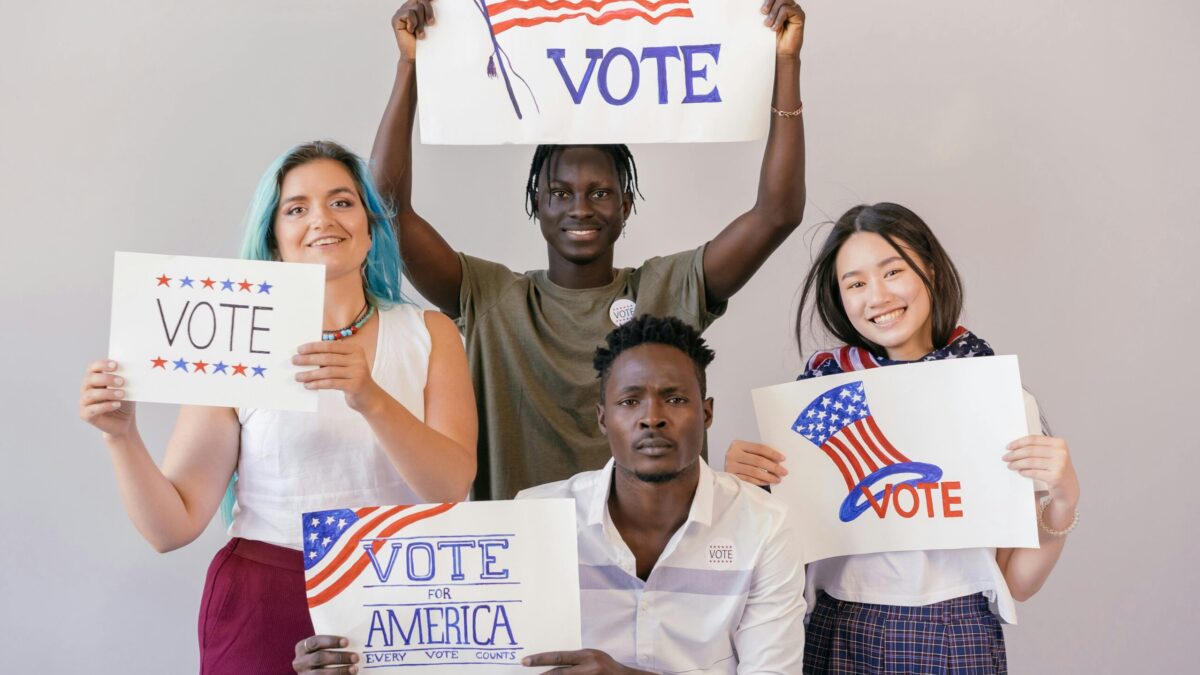The coronavirus lockdowns are America’s most regressive government actions since the draft. Even as liberals have quickly noted the virus’s disparate incidence, they have ignored the inequities of government responses. Ironically, these responses have been most regressive in states with the most “progressive” governments.
In just four months, coronavirus has gone from takeoff to lockdown in the U.S. America’s first Wuhan virus case appeared on Jan. 21, and the first American died Feb. 12. California went into lockdown March 19, followed by New York the next day, and New Jersey on March 21.
Two months later, America is only now emerging from the lockdowns’ unprecedented social and economic cessation. The most restrictive — and longest-lasting — have occurred in blue states. The New York Times observed, “States in the Northeast and on the West Coast, as well as Democratic-led states in the Midwest, have moved the slowest toward reopening.”
The Wall Street Journal currently lists 21 states with “comprehensive, or some,” restrictions on business and travel. Of these, 17 had Democratic governors. Of the four that did not, three had Democrat-controlled legislatures (Maryland, Massachusetts, and New Hampshire). Only one of the “restricted” states, Ohio, had a Republican governor and Republican legislature.
The overall cessation has been harsh on nearly all of America — 38.5 million unemployed amid a precipitous plunge in economic activity — but it has been harshest on those with lowest earnings and least savings. In a word, it has been regressive.
Not since the last military draft has the U.S. had a policy so regressive or of such scope. The draft’s last iteration began in 1955 and lasted until 1973. Indelibly linked to the increasingly unpopular Vietnam War, its regressive nature was clear. In its last years, a lottery attempted to make everyone theoretically equal. Still, the draft’s basic character was inescapable.
“A tax in kind” was conservative economist and Nobel laureate Milton Friedman’s description for the draft: “When he is forced to serve, we are in effect imposing on him a tax in kind.” This “tax” fell heaviest on those of least means. If you went to college, you got a deferment. Of course, you had to be able to afford college. The same financial disparity applied to those going to Canada. The draft’s “regressivity gap” only widened: Those who went to college received training, which increased earning potential; those who served lost higher wages they could have earned working.
A half-century removed, Friedman’s draft observations are amazingly prescient to the coronavirus lockdown experience: “Military service is now synonymous with enforced incarceration.” While lockdowns are hard on everyone, they are a “hard time” for those with least resources.
Those people working in lower-earning occupations are most victimized by lockdowns, as they more likely lack work-at-home options. The same regressive dynamic applies to business-owners. Those with limited capital and limited opportunities to borrow suffer most. And it applies to those forced back onto their savings: The smaller, the more vulnerable.
The same regressive effects reverberate throughout different aspects of the lockdowns. In transportation, those with lower incomes face the risks of public transit, or its absence. For those whose children are trapped in inferior public school, their kids lack the same remote learning opportunities of better public and private schools. In child care, outside day care is lost, or its risk increased. Inevitably, bankruptcies will come, and these too will be concentrated here. Full recoveries may take years, if they ever occur.
Despite these increasing regressive effects, the lockdowns spawning them are in the most self-styled “progressive” states. Aiming for what they insist is the public good, these liberal governments have “shot first and asked questions later,” firing from the hip, regardless of those in their line of fire.
Yet as regressive as the lockdowns clearly were from the outset, the most liberal state governments were not only the first to rush into them, but have been the most reluctant to loosen them despite duration amplifying the harms. Nor have these governments been very willing to tailor lockdowns to counties’ specific threats, in spite of the virus’s extremely localized effects.
The draft’s inequities were clear, and efforts to address them failed because the policy was inherently regressive. So too are lockdowns. Understandably, rushing to wage war on the little-understood coronavirus, overly aggressive responses occurred.
Writing in 1967, Friedman recognized this exceptional aspect to the draft too. However, he also observed the draft was the exception, and voluntary service the norm: “This is the method the United States has traditionally used except in major wars. The past two decades are the only exception. It is time we brought that exception to an end.”
As the coronavirus ripple effect expands, the question of allowing such regressive policies to continue as “exceptional” also grows. These policies are clearly becoming less acceptable. As with the draft, this may become the ultimate determinant for regressive lockdowns too.









